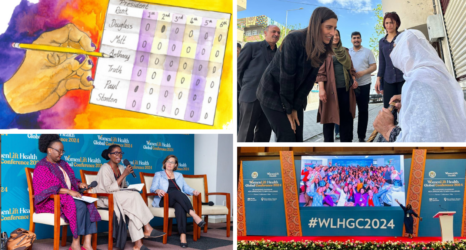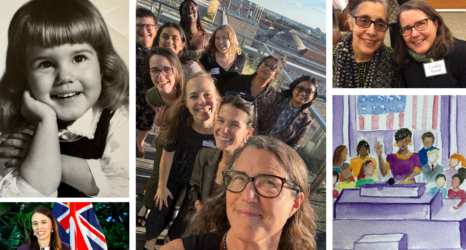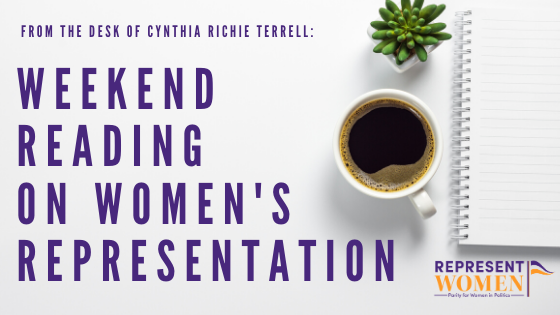
Weekend Reading on Women’s Representation is a compilation of stories about women’s representation in politics, on boards, in sports and entertainment, in judicial offices and in the private sector in the U.S. and around the world—with a little gardening and goodwill mixed in for refreshment!
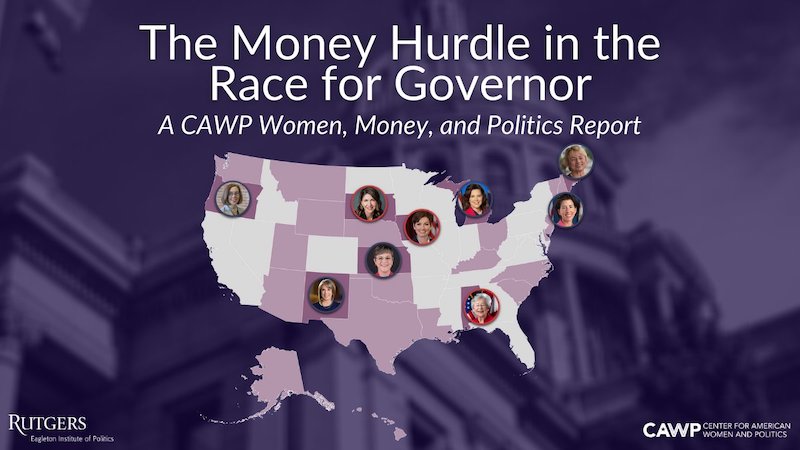
Our friends at the Center for American Women and Politics released a new report this week on the challenges women face raising money to run for governor:
Giving money to politics has not been a regular part of women’s political repertoire. This means that women may have a reduced ability to elect the candidates of their choice and that they are less likely to see their views represented in public policy.
Gender as a category, in interaction with race and class, has structured opportunities for educational attainment, access to occupation and income, and family responsibilities throughout U.S. history. On average, women earn less and are less wealthy than men. As a result, women lag behind men in the personal resources that can fuel their political participation.3 Resource disparities are particularly acute for women of color, who are usually disadvantaged by their location at the intersection of gender, race, and class inequalities.
Studies of giving money to politics usually reveal large gender gaps in participation. For example, the landmark 1990 Citizen Participation Study found that women give less to politics than men and that the amount of money women contribute to politics is smaller than the amount that men contribute.
Detailed studies of donor gender in congressional elections find a gender gap as well. Scholar Peter Francia and coauthors found that men were 78% and women just 22% of congressional donors in 1996; and men made up 82% of “habitual donors” who regularly give to multiple candidates while women were just 18% of this group. Barbara Burrell’s analysis of 2002 campaign contributions also found gender differences in giving to federal campaigns, with 0.14 % of adult U.S. women giving more than $200, compared with 0.41% of adult men. In the most recent election cycles, research from RepresentWomen and the Center for Responsive Politics (CRP) finds that women have been closing the gap in contributions. For example, Grace Haley of the Center for Responsive Politics found that 2018 Democratic women congressional candidates raised more money from women donors than Democratic men candidates raised from women.
Our report analyzes campaign contributions to gubernatorial candidates by comparing candidates on the basis of gender, party, and type of election contest. Women and politics scholars have compared campaign receipts for candidates by gender in order to discern if disparities in campaign finance help explain the underrepresentation of women in elective office.
The arena of campaign finance could disadvantage women because of their lower personal resources as candidates, or because of the diminished financial capacity of women contributors—who could be considered the natural base of support for women candidates. Moreover, if donors are skeptical about the viability of women candidates, they may not be willing to expend resources on their behalf.
Even if women are able to raise funds at the same level as their male colleagues, gender inequalities in the fundraising process may be at work. CAWP’s research on state legislators identified a large gender gap in how legislators perceive the fundraising process with women seeing an unequal playing field and fewer networking opportunities. CAWP’s research also found evidence that women in Congress perceive gender inequality in fundraising. This was especially true of interviews with women of color in Congress.
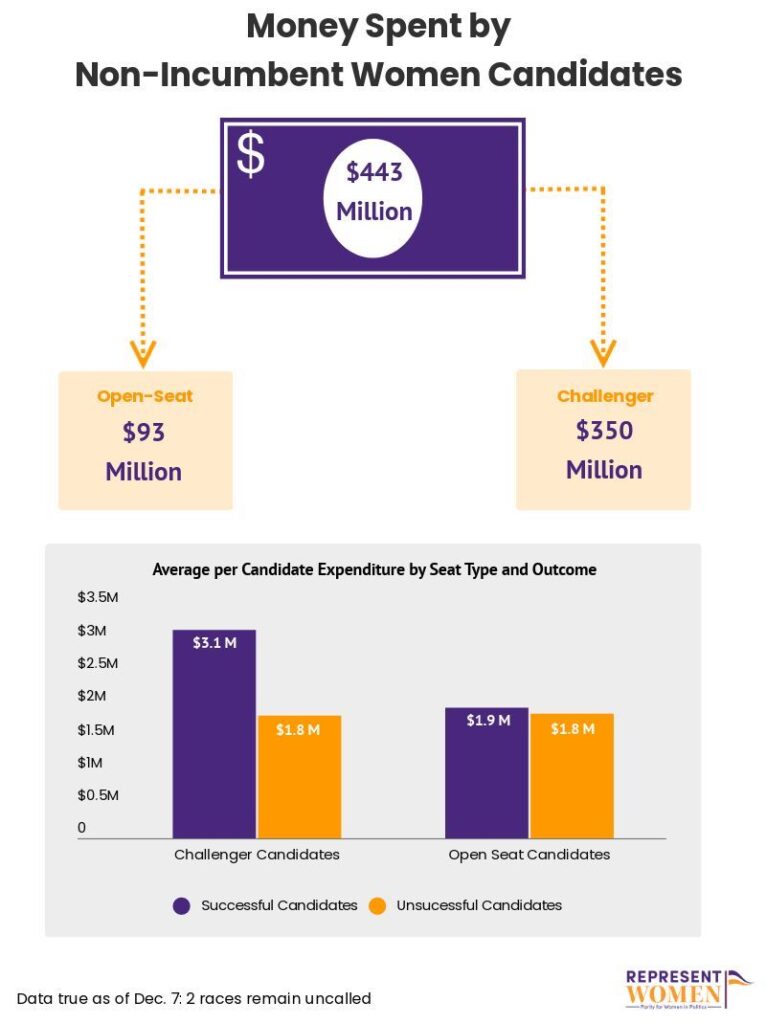
RepresentWomen research fellow Maura Reilly analyzed data from The Center for Responsive Politics and found that women running in open seat races and as challengers spent a total of $443 million dollars in the 2020 campaign cycle. A staggering 189 women ran as challengers—spending an average of $1.9 million. Just nine won.
Read Maura’s article on the spending patterns and take a look at her infographics that may help to visualize the data:
During the 2020 Congressional election, the campaign costs broke records once again, increasing from the $5.72 billion spent in 2018 to an estimated $7.52 billion in 2020; and, the cost of running as a non-incumbent woman was no different. A total of $443 million was spent by the 229 non-incumbent women candidates during the 2020 Congressional election cycle; only 27 have won and will be members of the 117th Congress.
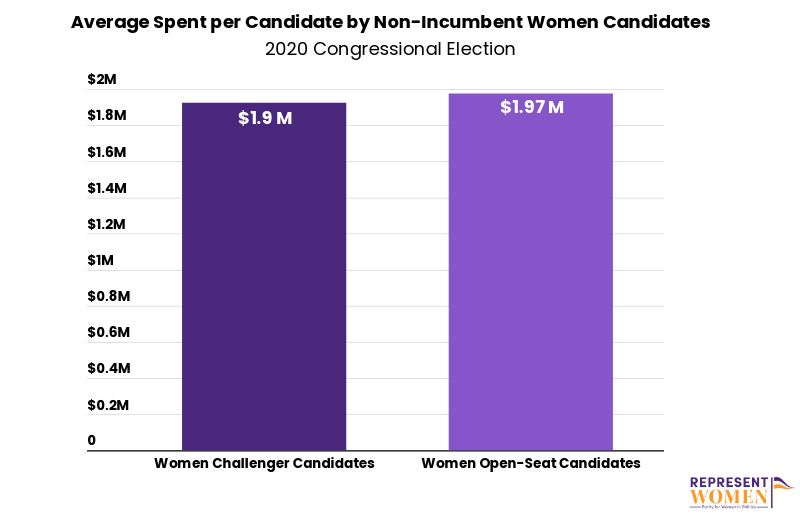
Although the average spent per candidate differed little between open-seat and challenger candidates, it cost more to win as a challenger. Only nine of the 189 women running in challenger races, won a seat in Congress, a success rate of 4.8%. On average the nine successful challengers spent nearly double per candidate as the 180 unsuccessful women challengers in 2020. On average per candidate successful challengers spent $3.1 million during the 2020 election cycle, compared to unsuccessful challengers who spent on average $1.8 million per candidate.

The nine successful challengers all won U.S. House races, while the 17 Senate challengers all lost their races, despite outspending the 172 House challengers by $19 million. Amy McGrath (D) challenging incumbent Kentucky Senator Mitch McConnell, was the highest raising and spending Senate challenger. McGrath raised a total of $88.1 million and spent a whopping $73.4 million; while McConnell raised $68 million and only spent $57.7 million, $32.7 million less than McGrath and retained his seat.
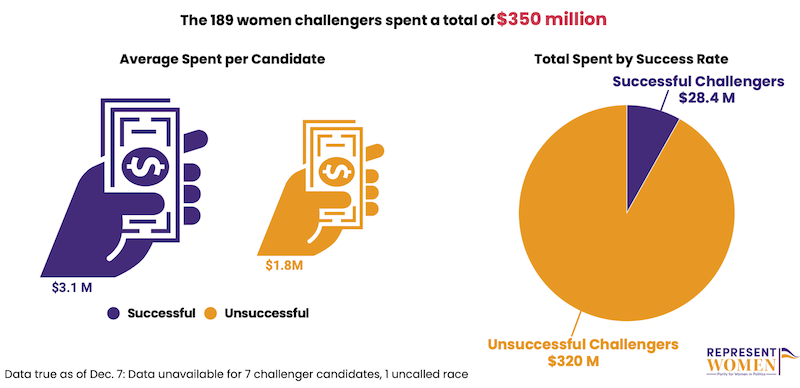
Every election cycle, the cost to run continues to skyrocket, especially for women who are more likely to run as challengers and in open-seats; but, every election cycle little changes for women’s representation. Our lack of representation is not the result of a lack of women candidates or a lack of funding, but a system which protects incumbents and continuously drives up the price to run for elected office. Rather than continuing to inflate the price of winning, we could spend the money on replacing our antiquated electoral system with ranked choice voting. A system which not only encourages more women to run for office, but also improves their success rates and lowers the exorbitant price of running.
There was a very interesting piece by Rachael Bade in The Washington Post about the gains by Republican women in Congress that explains the intentional strategies used by party leaders to recruit and support women candidates. These strategies are a terrific example of the kinds of strategies that RepresentWomen studies and supports to advance women’s representation and leadership:
House Republicans set about building a strong recruitment and support network, eager to reverse the damage of the 2018 midterms. McCarthy, Stefanik and the new campaign committee recruitment chair, Rep. Susan Brooks (R-Ind.), began reaching out and encouraging women to run, pledging to support them with advice, endorsements and finances if they would take the plunge…
The GOP team would often connect women concerned about the challenge of campaigning and parenting with Rep. Martha Roby (R-Ala.), 44, who was raising young children while serving in Congress. It also provided financial backing through a network that included not only GOP leaders, but also Stefanik’s outside group, E-PAC, as well as GOP groups dedicated to electing Republican women, including Winning for Women and View PAC.
McCarthy endorsed 11 female candidates in the primaries, putting his thumb on the scale to help clear the field. Occasionally, he would ask Trump to tweet his backing, too, ensuring the GOP candidates had the best chance possible …Stephanie Bice, a state senator in Oklahoma who will be the first Iranian American in Congress, encapsulated that paradox. She ran for the Oklahoma Senate in part because there were so few women at the table, but the notion of diversifying the U.S. House never came up in her recruitment conversations.
She, along with Yvette Herrell, a member of the Cherokee Nation who defeated Rep. Xochitl Torres Small (D-N.M.), were quick to say they did not speak about the value of adding female voices to the party on the campaign trail.
“It’s not about me being a female. It’s about me having experience and insight and knowing what makes sense and what’s good for Oklahoma. And I just happen to be a female, too,” Bice said.
But “diversity of thought,” Bice later added, “is really important.” Mothers, she said, bring a different policy perspective from men — and Republicans need more of that.

The Lilly Family School of Philanthropy released a report on the percentage of philanthropic spending that goes to organizations with a focus on women and girls:
From increased attention on incidents of sexual harassment and assault, to calls for equal pay and representation in leadership roles, to policies afecting reproductive rights, women’s and girls’ causes continue to capture society’s interest. Issues of inequality, including gender disparities, have been further magnified by the public health and economic crises brought on by COVID-19, as well as increasingly urgent calls for racial justice following the killing of George Floyd and other Black Americans at the hand of law enforcement.
Yet, the Women & Girls Index (WGI), first introduced by the Women’s Philanthropy Institute (WPI) in 2019, revealed that philanthropic support for organizations dedicated to women and girls does not appear to be keeping pace with society’s interest in these issues.
The WGI is the only systematically generated, comprehensive Index of charitable organizations dedicated to women and girls in the United States. WPI developed the Index to provide those who study and practice philanthropy, as well as policy makers and the general public, with a better understanding of the landscape of women’s and girls’ organizations, especially the levels of private contributions they receive. The inaugural 2019 WGI report provided a snapshot of this information for 2016, the most recent year for which finalized data were available. The current report builds on this groundbreaking research by adding data for five additional years: 2012 to 2015 and 2017. This expansion offers the first longitudinal look at how philanthropic support for these organizations has changed in recent years.
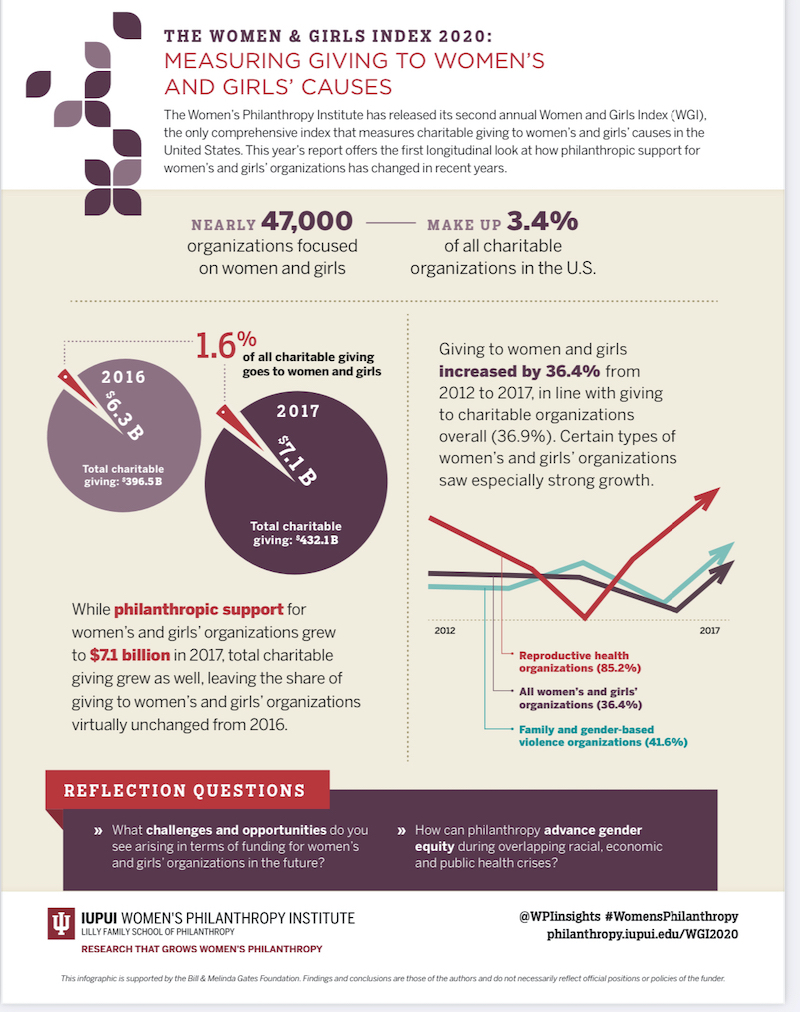
The new WGI data cover a period that includes events such as the 2016 presidential election and Women’s March that brought increased attention to women’s and girls’ causes and spurred charitable giving to issues like reproductive rights and equal representation. However, philanthropic support motivated by the #MeToo and Time’s Up movements largely occurred after 2017 and is therefore not reflected in the current report. The research findings also do not include charitable giving in response to current events like the COVID-19 pandemic and associated economic recession—which have had a disproportionate impact on women—nor the widespread racial justice protests that occurred in 2020. Rather, the findings serve as a starting point for understanding trends in philanthropic support for organizations dedicated to women and girls, and will be updated on an ongoing basis as the funding environment for these organizations continues to evolve.
Development professionals and leaders of women’s and girls’ organizations can apply the findings from this report in benchmarking their organization against others and setting future fundraising goals. Donors can use the research to identify gaps in resources and to inform strategies that align with the unique needs and characteristics of women’s and girls’ organizations.
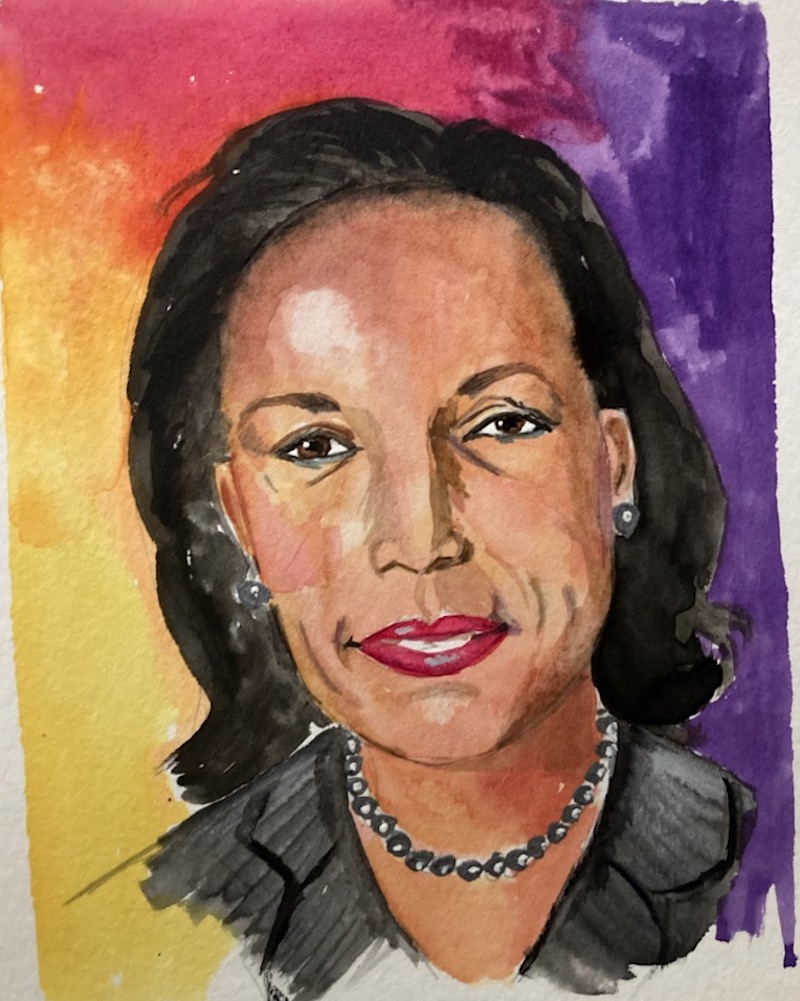
Susan Rice has been nominated by President-Elect Joe Biden to be director of the White House Policy Council, according to this story in The 19th by Errin Haines:
Rice was national security adviser under President Barack Obama from 2013 to 2017 and has known Biden for more than two decades, dating back to her time in the State Department as assistant secretary for African affairs. Biden was a longtime member of the Senate Foreign Relations Committee and became chair in 1997.
This summer, Rice was among the women Biden considered to be his vice presidential running mate before choosing now Vice President-elect Kamala Harris. In a July interview with The 19th, Rice touted her executive experience and her efforts to confront the Ebola crisis — a role that could factor into the Biden administration’s pandemic response when he takes office next month.
Known more for her extensive foreign policy experience, Rice also pointed to racism as a national security issue, saying, “Our adversaries have figured out that because these divisions exist, all they need to do is pour salt in our wounds, exacerbate those divisions, pit us against each other, and argue both sides of the issue … We’ve got to heal them as a matter of national survival, as a matter of our democratic viability.”

President-elect Biden has nominated Marcia Fudge to lead the Department of Housing and Urban Development according to this piece in The 19th, also by Errin Haines:
President-elect Joe Biden will nominate Democratic Rep. Marcia Fudge of Ohio to serve as the next secretary of the Department of Housing and Urban Development, the transition team announced Thursday.
Fudge became a Biden surrogate earlier this year after initially endorsing California Sen. Kamala Harris in the 2020 Democratic presidential primary. She was among several cabinet picks announced Thursday by the incoming administration.
The former Congressional Black Caucus chair, ex-national president of Delta Sigma Theta sorority and the first Black and woman mayor of the Cleveland suburb of Warrensville Heights, was heavily pushed by Black lawmakers and leaders for the role of Agriculture secretary, given her extensive resume in the House on the issue. In a statement, Fudge was referred to as “a leading voice for working families” and “a fierce advocate for solutions to our nation’s most pressing issues.”
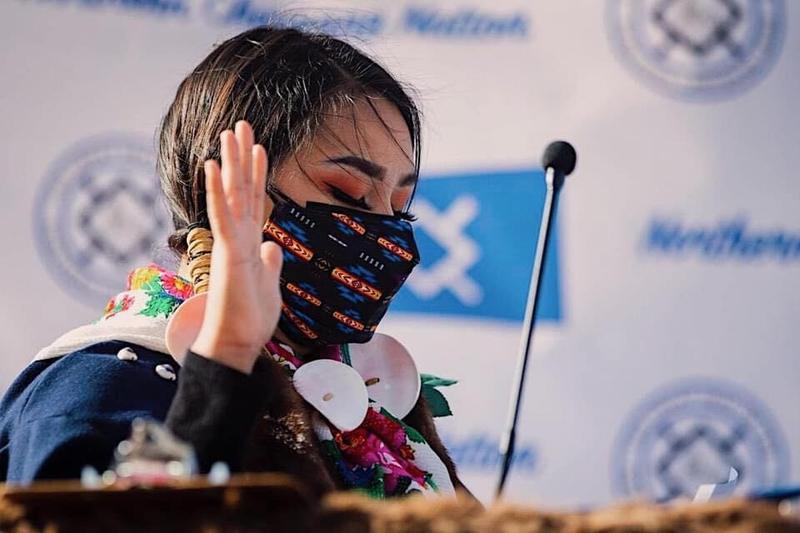
Unprecedented numbers of women were elected to Tribal Councils in the November election according to the following story on KUNM. (RepresentWomen also has a brief on Tribal Women’s Representation if you are interested in further reading.)
In November in Montana, Northern Cheyenne women swept the tribal election, securing the presidency, vice residency, and five district representative seats by wide margins. Northern Cheyenne citizen Dr. Desi Rodriguez-Lonebear spoke at their inauguration.
“We need hope as Cheyenne people,” Rodriguez-Lonebear said during the ceremony. “And who better to bring us hope than our matriarchs? Our life-givers, grandmothers, mothers, aunties, sisters, that is who we are inaugurating today to lead the Cheyenne nation in a time of great turmoil.”
They were sworn in as the Northern Cheyenne battle an ongoing COVID-19 outbreak, and after a former tribal president pleaded guilty to federal charges that he defrauded tribal departments. Serena Weatherelt, the tribe’s new vice president, said the community was ready for a change.
“One quality that all the ladies [who were elected] probably have is the ability to remember that it’s the people that put us in these spots,” Weatherelt said. “They have confidence in us. They want us to work together. I think we’ll be able to make change in our government and unite our nation.”
Another of the tribe’s new leaders, 23-year-old Silver Little Eagle, represents another group that’s underrepresented in tribal politics: young people. She said she faced some negativity on the campaign trail, but drew strength from the story of Buffalo Calf Road Woman, a young Cheyenne warrior woman who rescued her brother during the Battle of Rosebud.
“My auntie kind of correlated her story to my own leadership journey, she said, ‘Do you think she waited to save him? Or do you think she just did it?'” Little Eagle said.
During the pandemic, Little Eagle said compassion is what’s most needed from the tribal government, and that the women who’ve been elected can provide that.
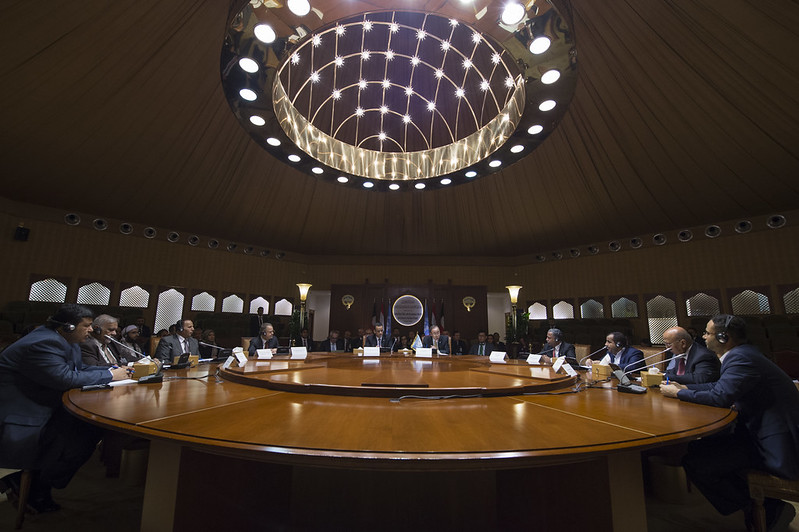
TheMediaLine reports the sobering news that there will be no women in the next Kuwaiti parliament:
Male-dominated culture, insufficient organization, absence of a quota were behind the results, experts say
Kuwait witnessed a decline in female participation in political life, as Saturday’s parliamentary election saw all 28 women candidates lose, leaving the National Assembly without females despite the fact that they constitute 52% of eligible voters.
In 2005, the National Assembly gave women the right to vote and to run for office, but female participation has been decreasing. Out of 15 women who ran in the 2016 election, only one, Safa Al Hashem, won a seat (she was first elected in 2012). This time around, she lost her re-election bid.
Nada Al Mutawa, a Kuwaiti analyst, researcher and a columnist at the Al-Jarida newspaper, told The Media Line there were several factors behind the absence of a single female in the new parliament, chief among them that it was an unequal competition, as men started this race in the early 1960s, “while women were only given a chance to prepare in the mid-’90s.”
Mutawa, who is also a member of the board of trustees at Kuwait College of Science and Technology, explained that a second principal reason for the result was the lack of access for women to diwaniyas, or decision-making gatherings, which remained reserved for men. “Therefore, men surpassed some women in terms of decision-making, candidate selection and preparations.”
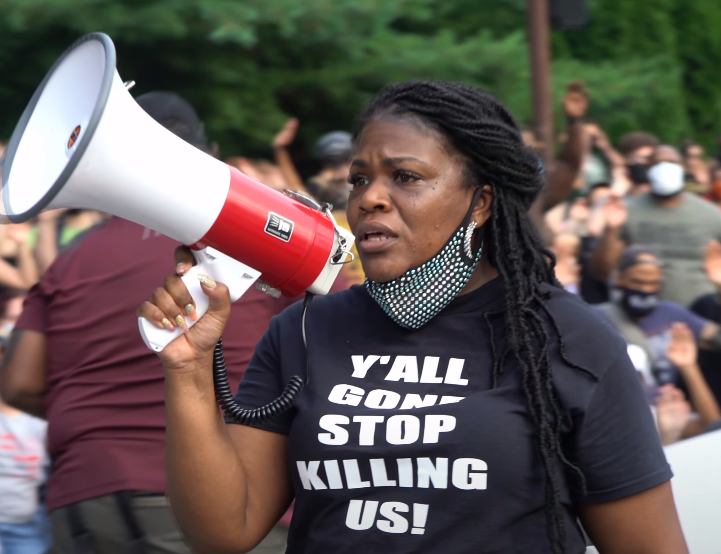
Maura Reilly and I had a piece on The Fulcrum on the impact of electoral systems on representation outcomes for women:
Electoral systems matter. They have a profound impact on the government and elected officials we end up with. They influence who is most likely to run for office, win, serve and end up leading. They also shape the resulting government and inform our perceptions of our democracy and institutions.
Our winner-take-all voting system is continuing to fail us and our democracy — because it results in too many of our elected officials getting into office with less than a majority of votes and leaves large segments of our population underrepresented. Women make up 51 percent of the electorate, for example, but they hold only 25 percent of the country’s elected offices.
Even after another record-breaking congressional election cycle, women will only make up at most 28 percent of the House next year and at most 26 percent of the Senate. (A couple of seats in each chamber have not been awarded.) And even though the highest number of women ever were elected to Congress last month, the United States will likely rank 70th in the world for women’s share of seats in the lower legislative chamber — in the same bracket as Afghanistan, Mali, Slovenia, Kazakhstan, Vietnam, Bulgaria and Iraq. The majority of countries that continue to do better than the United States have taken intentional steps, such as modernized recruitment strategies and fair representation electoral systems, to reach and sustain political gender parity.
Our latest report on women’s representation internationally, “Achieving Gender Parity: Systems Strategies Around the World,” found that the United States is continuing to fall behind much of the world for women’s representation. This summer the country ranked 83rd because at that point women held only 24 percent of the seats in the House. More than half the countries outranking the United States have a proportional representation system, while one in five of them used a mixed electoral system.
We found that electoral reforms gaining popularity in the United States, among them ranked-choice voting and multimember districts, have resulted in many successes for descriptive representation around the world. Australia, for example, uses ranked elections for both halves of Parliament. In the House, legislators are elected from single-member districts and women hold 31 percent of the seats — pushing their country to 50th in the gender parity rankings. The Senate has multimember districts (the system is sometimes known as single transferable voting) and now half the senators are women.
Nineteen municipalities in the United States already use ranked-choice voting, and many have seen improvement in gender representation, and have seen many successes for improving the number of women in city hall. In the most recent round of city elections, women made up 39 percent of the candidates in ranked elections — and 42 percent of the winners.
And in November, an additional five jurisdictions voted to adopt ranked voting for local elections, while voters in Alaska approved RCV for all state and congressional races starting in two years.
Although implementing ranked-choice voting at the local and state level is an important step, the reform we need in the long-term is called the Fair Representation Act, which would introduce ranked-choice voting and multimember districts to elections for the entire House of Representatives.
Passage of the bill would increase the number of competitive seats and political accountability, give voters a more informative choice and improve the descriptive representation in Congress. Projections from FairVote and RepresentWomen found that making the legislation a reality could increase the number of women in the House by as much as 38 percent. It could also increase the political power for all communities of color — increasing the number of Black members by as much as one-third, adding 15 more Latino members and pushing the number of Asian and Pacific Islander lawmakers into double digits.
But building a robust pipeline of qualified women candidates is not enough so long as gendered structural barriers persist in our electoral system.
A record $213 million was raised and spent by the 171 women running as congressional challengers this fall — and only 10 of them won, a success rate of 6 percent. This dismal statistic is not the result of unqualified candidates or a lack of financial support, but instead it’s the byproduct of a voting system designed to favor incumbents at the cost of challengers and districts where both parties can be competitive.
But, there is a solution: Learn from countries around the world and implement systems strategies, starting with ranked elections and multimember districts, that will yield a truly representative democracy in our lifetimes.
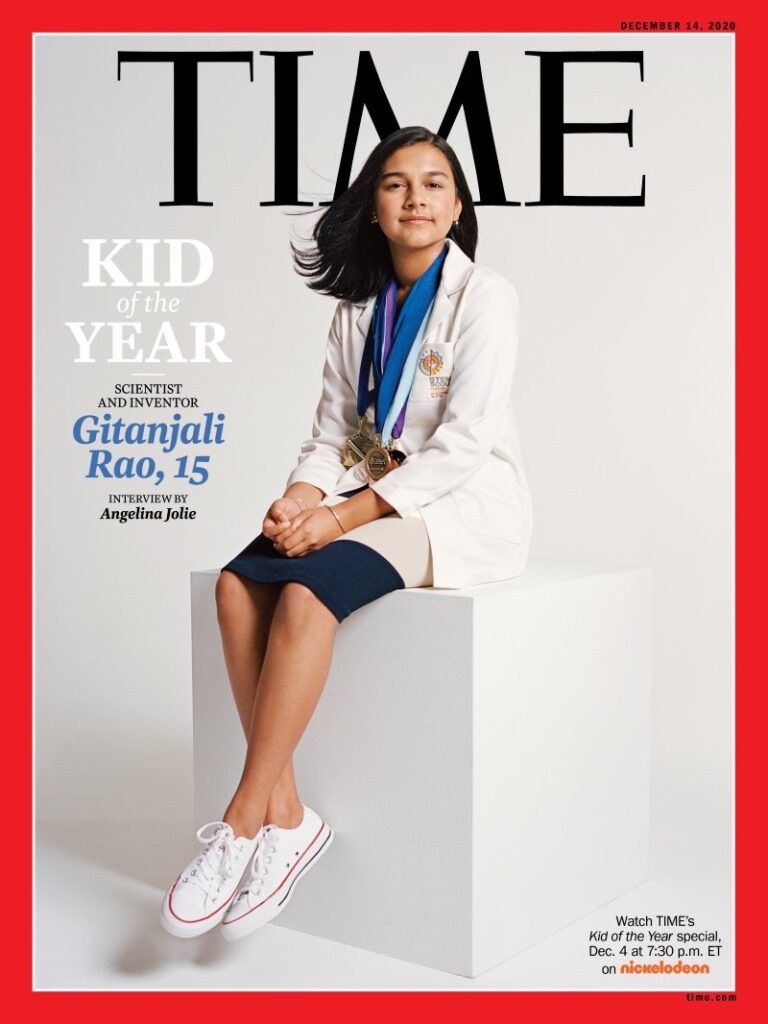
Time has chosen Gitanjali Rao from Lone Tree, Colo., to be the “Kid of the Year” according to this story in Time:
“Observe, brainstorm, research, build and communicate.” That is what the brilliant young scientist and inventor Gitanjali Rao told actor and activist Angelina Jolie about her process, over Zoom, from her home in Colorado, during a break in her virtual schooling.
Just 15 years old, Rao has been selected from a field of more than 5,000 nominees as TIME’s first ever Kid of the Year. She spoke about her astonishing work using technology to tackle issues ranging from contaminated drinking water to opioid addiction and cyberbullying, and about her mission to create a global community of young innovators to solve problems the world over. Even over video chat, her brilliant mind and generous spirit shone through, along with her inspiring message to other young people: don’t try to fix every problem, just focus on one that excites you. “If I can do it,” she said, “anybody can do it.”
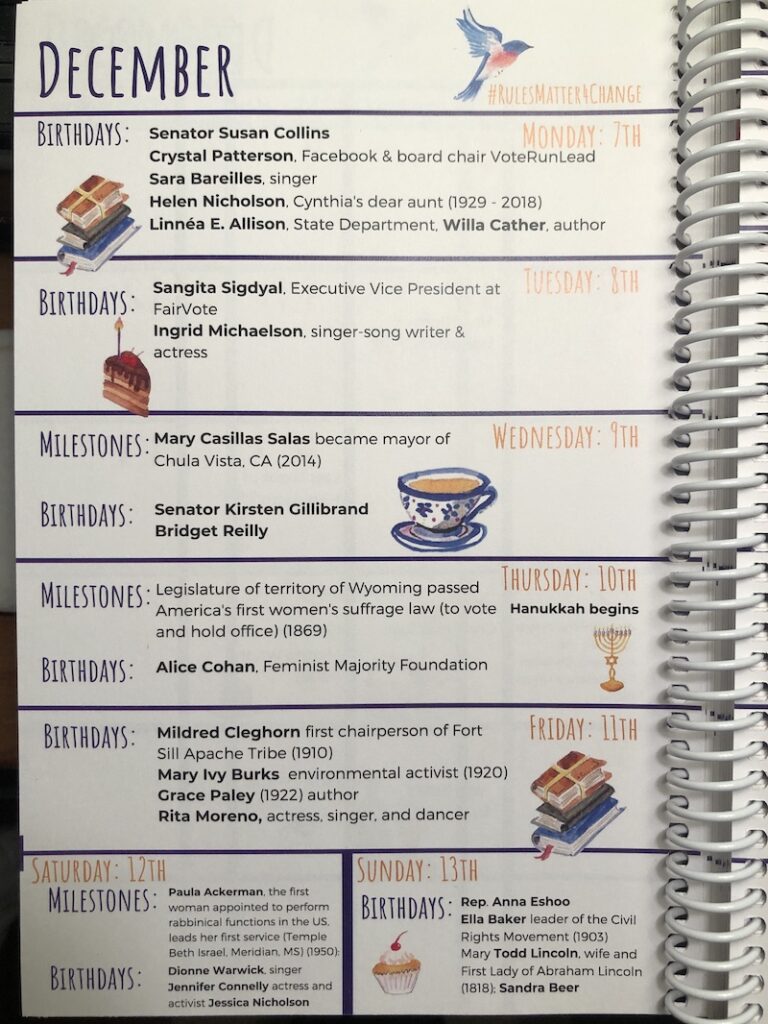
In many respects I will be glad for 2020 to be over but I am a little wistful that RepresentWomen’s suffrage centennial calendar of women leaders is coming to its end.
This week we celebrated a remarkable collection of women leaders that includes Alice Cohan from the Feminist Majority Foundation; Sangita Sigdyal from FairVote; Linnea Allison, our partner at the U.S. State Department; Senator Kirsten Gillibrand; Ingrid Michealson; Sara Bareillles, Crystal Patterson; and my dear Aunt Helen.




